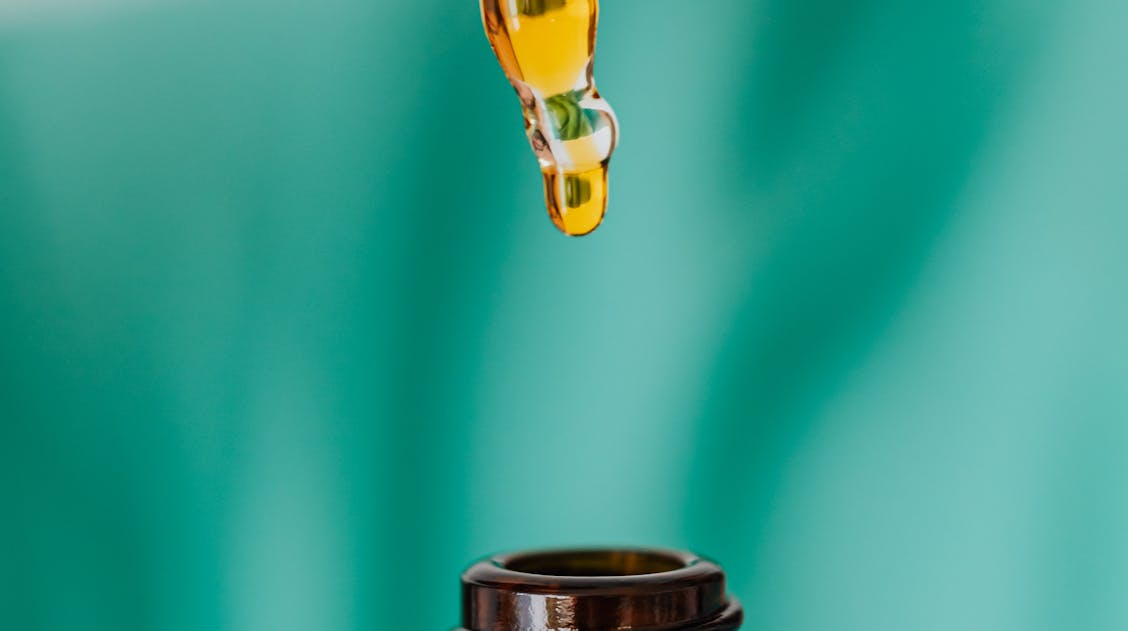
Cannabidiol Optimisation For The Treatment of Seizures.
The use of cannabidiol (CBD) has surged in popularity in the health and wellness industry in recent years. A report by Fortune Business Insights predicts that the global CBD market will grow from USD 7.59 billion in 2023 to an impressive USD 202.45 billion by 2032, with a compound annual growth rate of 43.66% from 2024 to 2032.
Medical professionals use CBD as a therapy for a wide range of conditions, including epilepsy, but its biomechanics limit its full potential in seizure treatment.
Researchers from Australia recently published a study in the Open Access journal International Journal of Molecular Sciences (IJMS) investigating the biochemical properties of CBD to enhance its dissolution, stability and gastrointestinal permeability.
Cannabidiol therapies
CBD is a non-psychoactive cannabinoid derived from Cannabis sativa; it has a wide range of therapeutic benefits for properties . Benefits of CBD derive from its antiseizure, analgesic, neuroprotective, anxiolytic, antidepressant, and antipsychotic properties. Furthermore, CBD can also be used to treat chronic pain and inflammation. CBD can be used in a variety of different forms, including oils, edibles and topical products.
CBD is generally well tolerated by humans, and because of this, it has been utilised in a range of oral solutions for the treatment of seizures.
Cannabidiol limitations
CBD’s limitations include poor water solubility, physicochemical instability and extensive first-pass metabolism. Because of its extensive metabolism and low bioavailability, approximately 6% in humans, only a small fraction of orally ingested CBD reaches the bloodstream, which limits its therapeutic effects.
Drug bioavailability is the extent and rate at which the drug or metabolites enter the systemic circulation and can be absorbed and used by the body. A variety of formulations have been trialled to improve its biochemical properties, including the popular format of CBD oil. However, CBD oil has its own set of challenges, as oil improves the solubility but only provides a small improvement in bioavailability.
CBD oil absorption is highly variable, as it’s influenced by gastrointestinal conditions and food intake, resulting in inconsistent therapeutic effects. Additionally, CBD stored in oil is unstable and its formula degrades over time, especially when exposed to heat, light or oxygen, reducing its potency.
The main limitation of CBD is its limited dissolution rate, how quickly it dissolves in the gastrointestinal tract, which restricts its absorption into the bloodstream and therapeutic effects.
“Several different formulations have been explored, including the production of synthetic CBD, self-emulsifying delivery systems, and encapsulating CBD in gelatine matrix pellets, but all of them have only resulted in minor improvements in bioavailability, – Professor Sanjay Garg, author of the study.
Because of this, the researchers investigated enhancing the water solubility of CBD using phospholipid complexation technology (PLC).
Phospholipid complexation technology
Phospholipid complexation technology uses naturally occurring phospholipids found in cell membranes to improve the bioavailability and delivery of drugs. Phospholipids are a type of lipid molecule; they possess both hydrophilic and hydrophobic regions, which allows them to form lipid bilayers. They can be used to improve drug solubility and absorption either by improving the solubility of a substance or they can act as carriers, allowing passage through cell membranes without degradation of sensitive compounds. Utilising phospholipids as a delivery system provides control and allows for targeted release, as well as enhancing drug stability.
The researchers of the study initially investigated the efficiency of four distinct phospholipids, each containing a content of at least 68% phosphatidylcholine (PC). PC is a phospholipid that plays a crucial role in maintaining cellular integrity as well as modulating various physiological processes. Moreover, it is also well known for its anti-inflammatory properties. The phospholipids were analysed to evaluate their efficiency in improving particle size, stability and water solubility.
The researchers identified the optimal phospholipid composition and prepared nanosized CBD-PLC particles using the solvent evaporation method. They then tested the CBD-PLC complex for its physicochemical properties using techniques including Differential Scanning Calorimetry (DSC), Fourier Transform Infrared Spectrometry (FTIR), and Scanning Electron Microscopy (SEM), among others.
Additionally, the researchers assessed intestinal absorption of the CBD-PLC complex using a Caco-1 monolayer assay, a widely used in vitro model. The assay mimics the human intestinal barrier, allowing researchers to investigate drug absorption and transport across the intestinal epithelium.
Phospholipids for improving the solubility of cannabidiol
The researchers identified that they could improve the solubility of cannabidiol up to six times by developing a CBD-PLC complex. The complex also improved CBD absorption in the gastrointestinal tract. Researchers demonstrated this during the cellular uptake studies, where they identified that CBD-PLC showed 32.7% higher permeability than unmodified CBD.
Moreover, the researchers found that the phospholipid complex improved dissolution rates of CBD from 0% to 67.1% within three hours. Additionally, the researchers also investigated CBD-PLC stability following storage for 12 months. The researchers showed that it retained its performance under long-term storage conditions. This makes the CBD-PLC a more flexible and reliable option for clinical applications.
The researchers conclude that this study has significant implications for the future of CBD-based therapeutics. Moreover, they also state that this innovation could be explored beyond CBD. The researchers noted that it could be used to potentially improve the absorption of other poorly water-soluble drugs.
“Improved bioavailability means that lower doses can achieve the same therapeutic effect, potentially reducing side effects and making treatment more cost-effective,” says Thabata Muta, an author of the study.
If you would like to read more about drug discovery or if you would like to submit research in this area, please see the Topic: Natural Products and Drug Discovery.










